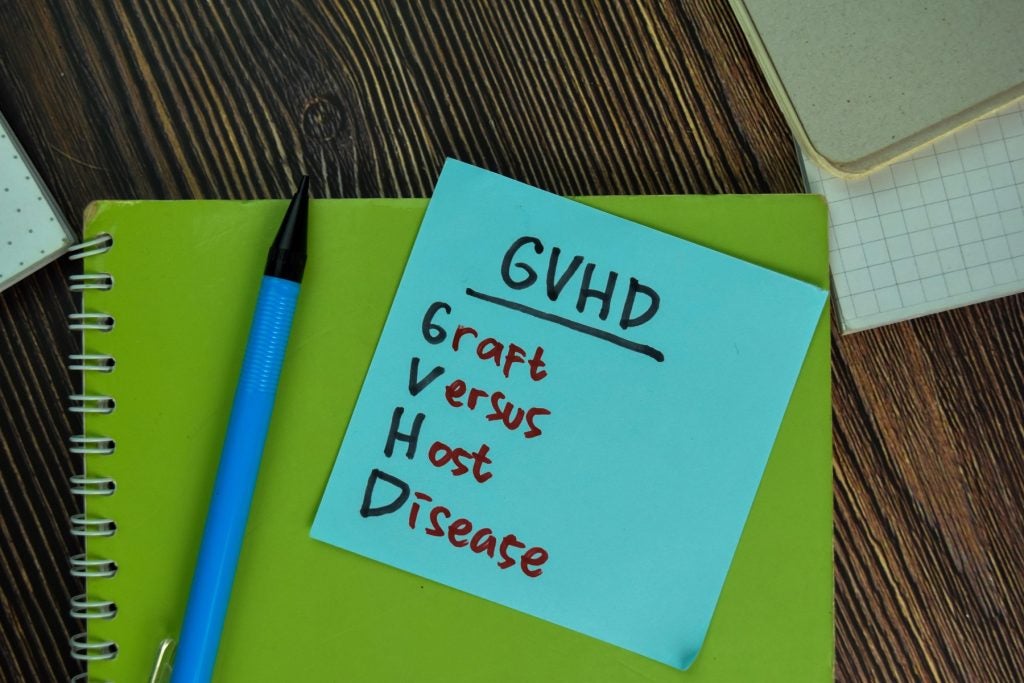As the debate surrounding increasing healthcare costs and drug prices intensifies, the high cost of orphan drugs has emerged as an area of dispute.
Orphan drugs, which are specifically developed to treat rare medical conditions, are associated with continually increasing prices. While many players in the market view these therapies as breakthroughs for underserved patients, they are beginning to represent a major burden to healthcare systems.
Due to this burden, there is a movement to rethink the way orphan drugs are evaluated and reviewed. Currently, there are key disparities in orphan drug policies across Europe, with the majority of these policies viewed as unsatisfactory at a recent poll at the International Society For Pharmacoeconomics and Outcomes Research (ISPOR) 20th Annual European Congress in Glasgow, Scotland earlier this month.
Furthermore, the financial burden and affordability concerns surrounding these orphan products means that patients are often faced with restricted access to treatment, contradicting the main aim of the orphan drug designation. This is frustrating not only to physicians and patients, but also to manufactures who, despite being strongly incentivized to develop products for rare diseases, are faced by health technology assessment (HTA) body and payer reluctance to fund their novel therapies, even after approval.
In a presentation at the ISPOR European Congress, it became apparent that only 10.5% of drugs granted orphan drug designation in Europe obtain marketing authorization, and in the UK, Italy, and Spain, only 30–60% of these drugs actually gain reimbursement. Furthermore, the time to reimbursement can take as long as 28 months, providing little benefit to the manufacturer or patient. This stands in contrast to Germany, where drugs that receive an orphan designation are automatically reimbursed, providing patients access to these potential life-saving therapies as early as possible. This clear discrepancy across the EU suggests a need to rethink and perhaps collaborate on the way HTA bodies assess orphan drugs.
How well do you really know your competitors?
Access the most comprehensive Company Profiles on the market, powered by GlobalData. Save hours of research. Gain competitive edge.

Thank you!
Your download email will arrive shortly
Not ready to buy yet? Download a free sample
We are confident about the unique quality of our Company Profiles. However, we want you to make the most beneficial decision for your business, so we offer a free sample that you can download by submitting the below form
By GlobalDataRedefining cost-effectiveness for orphan drugs
From a cost perspective, orphan drugs differ from non-orphan drugs with respect to research and development costs, which are likely to be lower for orphan drugs due to the smaller patient populations and timeframe needed for costly Phase III trials. In a study presented at the congress, the R&D costs of developing an orphan drug was calculated to be 27% of the cost of developing a non-orphan drug.
However, the smaller patient population for orphan drugs also means that the company’s revenue will be lower, and the development of such a product may come with a higher risk. These factors, combined with a multitude of others such as lack of competitor and reference price, mean that manufactures are more and more likely to demand a high price for their specialized products.
This results in many of these products exceeding the cost-effectiveness threshold defined by many HTA bodies, such as the UK’s National Institute for Health and Care Excellence (NICE), despite an already higher threshold being in place for highly specialized medicines. It is possible that moving the threshold will not be enough to counter this issue, and that there will be a need to implement a new cost-effectiveness threshold that is not based on the same criteria as those used for non-orphan products.
There is a clear call for a revision of orphan drug policies to best match the needs of patients, but there is currently no consensus on the best method of doing so. There is a need for a more public debate surrounding priorities for the treatment of rare diseases to ensure that effective therapies reach patients in the most effective manner. Therefore, as it is clear that the current situation is not sustainable, GlobalData believes companies need to establish a way of setting a reasonable price for orphan drugs that satisfies the needs of both the developer and the healthcare system.








